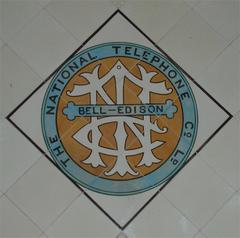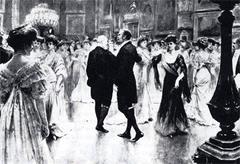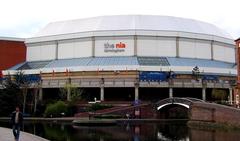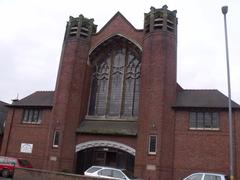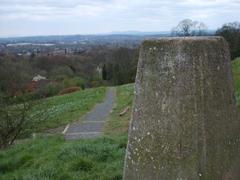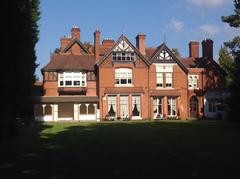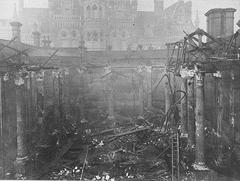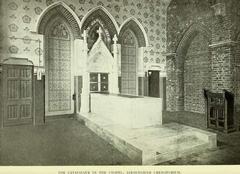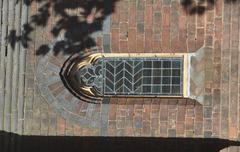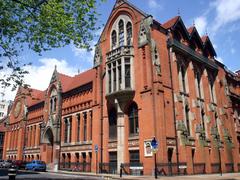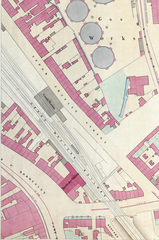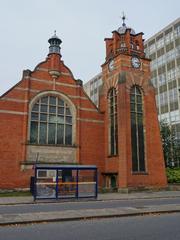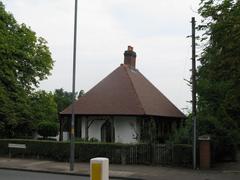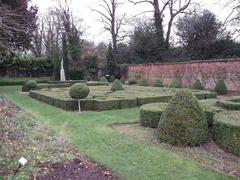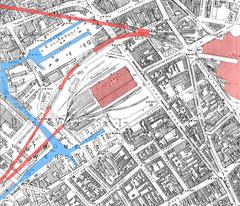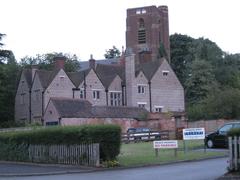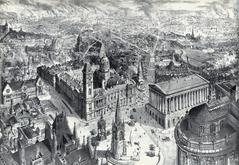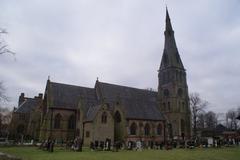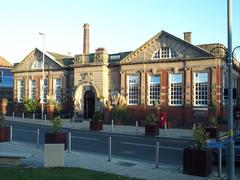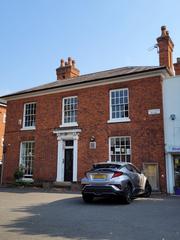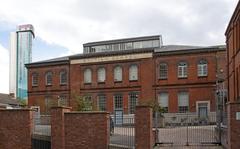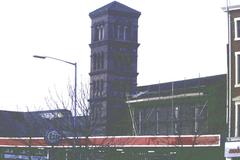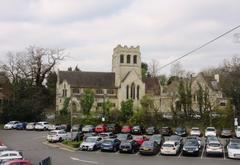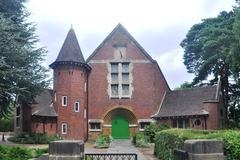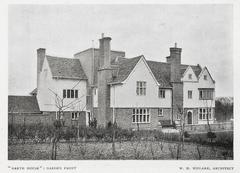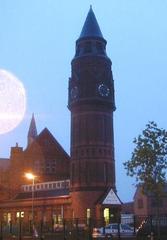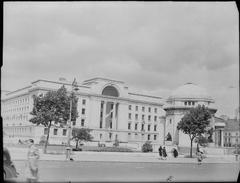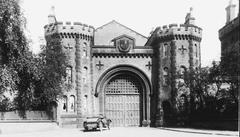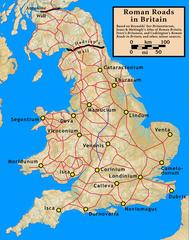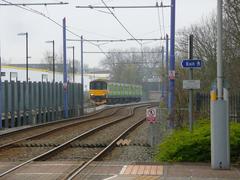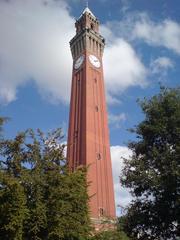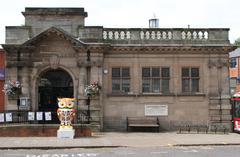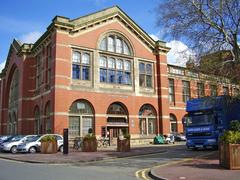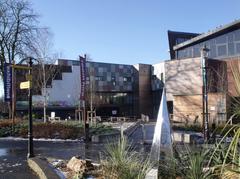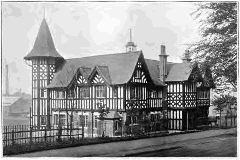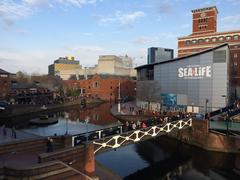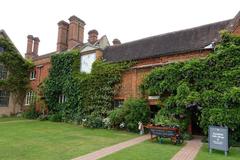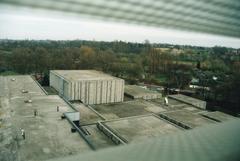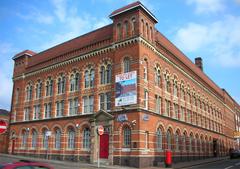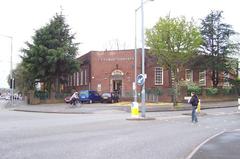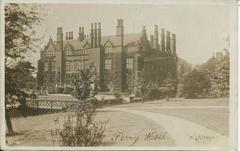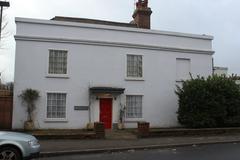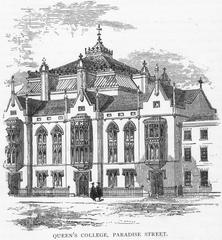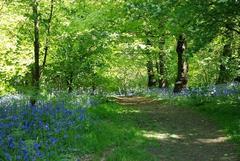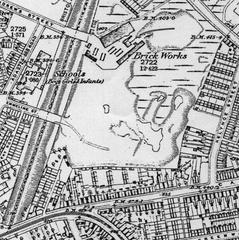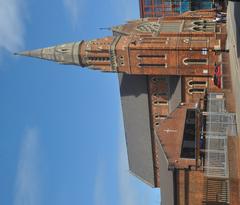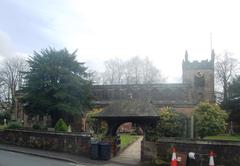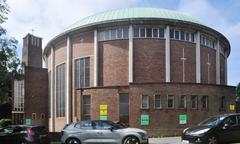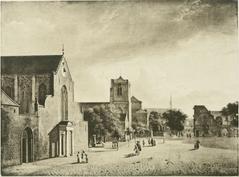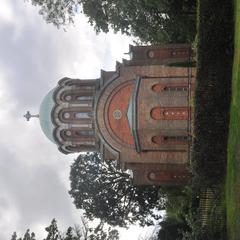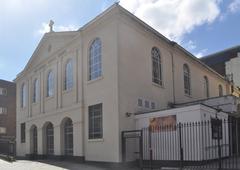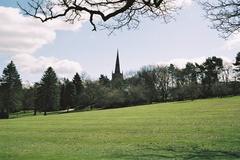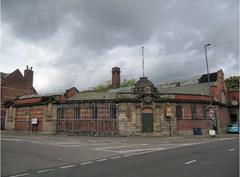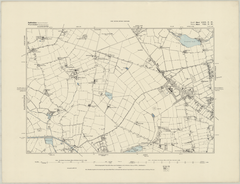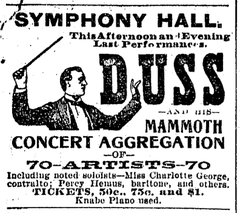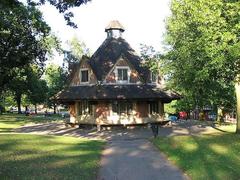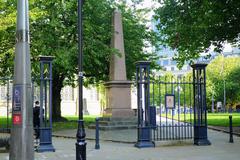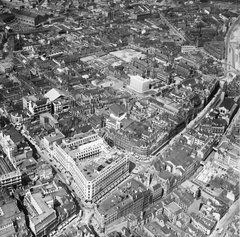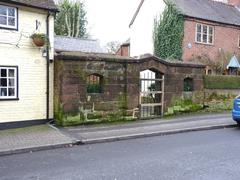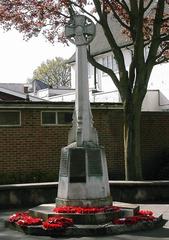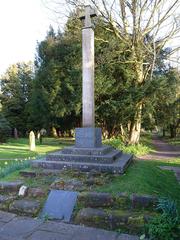Visiting Dudley Zoological Gardens and Castle: Hours, Tickets, and Tips
Date: 17/07/2024
Why Visit Dudley Zoological Gardens and Castle?
Dudley Zoological Gardens and Castle, located in the West Midlands region of England, offer an extraordinary blend of historical and natural attractions that have captivated visitors for decades. The origins of the site date back to the 11th century when the original motte-and-bailey castle was constructed by Ansculf de Picquigny, a Norman knight. Over the centuries, the castle has undergone various transformations, including significant reconstruction efforts in the 13th century under the de Somery family and Renaissance renovations led by John Dudley, Duke of Northumberland in the 16th century (Historic England, Dudley Castle).
The idea of establishing a zoological garden within the historic grounds emerged in the early 20th century, spearheaded by the Earl of Dudley, William Humble Ward. This vision materialized in 1937 with the official opening of Dudley Zoological Gardens, which featured a collection of exotic animals and modernist architecture designed by Berthold Lubetkin and the Tecton Group. These architectural innovations are notable for their use of reinforced concrete and modernist principles, reflecting a paradigm shift in zoo design (Dudley Zoo, The Twentieth Century Society).
Today, Dudley Zoological Gardens and Castle remain a significant cultural, educational, and conservation hub. The zoo is home to over 1,300 animals representing approximately 200 species, many of which are part of international breeding programs aimed at preserving endangered species. The site also offers a plethora of educational programs, special events, and interactive experiences that cater to diverse audiences, making it a must-visit destination for history buffs, animal lovers, and families alike (Dudley Zoo Conservation).
What You’ll Find in This Guide
- Introduction
- Significance of Dudley Zoological Gardens and Castle
- Historical Significance
- Architectural Significance
- Zoological Significance
- Educational Significance
- Cultural Significance
- Economic Significance
- Environmental Significance
- Social Significance
- Scientific Significance
- Recreational Significance
- Conservation Significance
- Visitor Experience
- Visiting Hours and Tickets
- Travel Tips
- Future Prospects
- FAQ
- Conclusion
Exploring Dudley Zoological Gardens and Castle - History, Tickets, and Visitor Tips
Origins and Early History
Dudley Castle, a prominent feature of the Dudley Zoological Gardens, has a rich history dating back to the 11th century. The original motte-and-bailey castle was constructed in 1070 by Ansculf de Picquigny, a Norman knight. The castle’s strategic location on a limestone hill provided a commanding view of the surrounding area, making it a significant defensive structure (Historic England).
In the 13th century, the castle underwent significant reconstruction under the de Somery family, who replaced the wooden structure with a stone keep. This period marked the beginning of the castle’s transformation into a formidable fortress. The de Somery family held the castle until the early 14th century, after which it passed through various noble families, including the Suttons and the Wards (Dudley Castle).
The Renaissance and Civil War
The 16th century saw Dudley Castle become a symbol of Renaissance architecture and culture. John Dudley, Duke of Northumberland, made extensive renovations, adding luxurious living quarters and gardens. However, the castle’s fortunes changed dramatically during the English Civil War (1642-1651). In 1646, Royalist forces occupying the castle surrendered to Parliamentarian troops, leading to significant damage. The castle was partially demolished to prevent its future use as a military stronghold (British History Online).
The Birth of Dudley Zoological Gardens
The idea of establishing a zoological garden at Dudley Castle emerged in the early 20th century. The Earl of Dudley, William Humble Ward, envisioned creating a public attraction that would combine the historical significance of the castle with the educational and recreational value of a zoo. In 1937, Dudley Zoological Gardens officially opened to the public, featuring a collection of exotic animals and modernist architecture designed by Berthold Lubetkin and the Tecton Group (Dudley Zoo).
Architectural Significance
The Tecton Group’s contribution to Dudley Zoological Gardens is noteworthy for its innovative use of reinforced concrete and modernist design principles. The Tecton structures, including the iconic Bear Ravine and the Elephant House, are considered pioneering examples of 20th-century zoo architecture. These buildings were designed to provide more naturalistic and humane environments for the animals, reflecting a shift in zoo design philosophy (The Twentieth Century Society).
Post-War Developments
Following World War II, Dudley Zoological Gardens faced numerous challenges, including financial difficulties and changing public attitudes towards animal welfare. Despite these challenges, the zoo continued to evolve, expanding its collection and improving animal enclosures. In the 1970s and 1980s, significant investments were made to modernize the facilities and enhance the visitor experience (Dudley Zoo).
Conservation and Education
In recent decades, Dudley Zoological Gardens has placed a strong emphasis on conservation and education. The zoo participates in various breeding programs for endangered species, such as the Sumatran tiger and the Asiatic lion. Educational programs and interactive exhibits aim to raise awareness about wildlife conservation and the importance of protecting natural habitats (Dudley Zoo Conservation).
Restoration of Dudley Castle
Efforts to preserve and restore Dudley Castle have been ongoing since the mid-20th century. The castle’s ruins, including the keep, the gatehouse, and the chapel, have been stabilized and made accessible to the public. Interpretive displays and guided tours provide visitors with insights into the castle’s history and its role in the region’s heritage (Historic England).
Modern-Day Attractions
Today, Dudley Zoological Gardens and Castle offer a unique blend of historical and natural attractions. Visitors can explore the castle ruins, enjoy panoramic views from the castle hill, and observe a diverse range of animal species. The zoo’s commitment to conservation and education continues to be a central focus, ensuring that Dudley Zoological Gardens remains a valuable resource for future generations (Dudley Zoo).
Visitor Information
Dudley Zoological Gardens Visiting Hours - The zoo is open daily from 10 AM to 4 PM. Extended hours may apply during holidays and special events.
Dudley Castle Tickets - Tickets can be purchased online or at the entrance. Combo tickets for both the zoo and the castle are available, offering a discounted rate.
Travel Tips - Dudley Zoological Gardens is easily accessible by car, with ample parking available. Public transport options include buses and trains to Dudley town center, followed by a short walk or taxi ride to the zoo.
Nearby Attractions - Visitors can also explore the Black Country Living Museum and the Dudley Canal & Tunnel Trust, both located nearby and offering unique insights into the region’s industrial heritage.
Accessibility - The zoo and castle have made efforts to accommodate visitors with disabilities, including wheelchair-accessible pathways and facilities. It’s advisable to check the zoo’s official website for detailed accessibility information.
Special Events and Guided Tours - The zoo hosts various special events throughout the year, including seasonal activities and themed days. Guided tours of the castle are available, providing in-depth historical context and unique photographic spots.
Photographic Spots - Some popular spots for photography include the castle ruins, the Bear Ravine, and the panoramic views from the castle hill.
FAQ Section
Q: What are the Dudley Zoological Gardens visiting hours?
A: The zoo is open daily from 10 AM to 4 PM, with extended hours during holidays and special events.
Q: How much are Dudley Castle tickets?
A: Ticket prices vary, but combo tickets for both the zoo and the castle offer a discounted rate. It’s best to check the official website for the latest prices.
Q: Are there guided tours available?
A: Yes, guided tours of Dudley Castle are available and provide in-depth historical insights.
Q: Is Dudley Zoological Gardens accessible for visitors with disabilities?
A: Yes, there are wheelchair-accessible pathways and facilities. Visitors are encouraged to check the official website for detailed accessibility information.
Call to Action
Plan your visit to Dudley Zoological Gardens and Castle today! Download our mobile app Audiala for an enhanced visitor experience, and don’t forget to check out our other related posts and follow us on social media for more updates.
By understanding the rich history and ongoing significance of Dudley Zoological Gardens and Castle, visitors can fully appreciate the unique experience this destination offers.
Sources and Further Reading
- Historic England. (n.d.). Dudley Castle. Retrieved from Historic England
- Dudley Castle. (n.d.). Dudley Castle. Retrieved from Dudley Castle
- Dudley Zoo. (n.d.). History of Dudley Zoo. Retrieved from Dudley Zoo
- The Twentieth Century Society. (n.d.). Dudley Zoo Tectons. Retrieved from The Twentieth Century Society
- Dudley Zoo Conservation. (n.d.). Conservation at Dudley Zoo. Retrieved from Dudley Zoo Conservation

